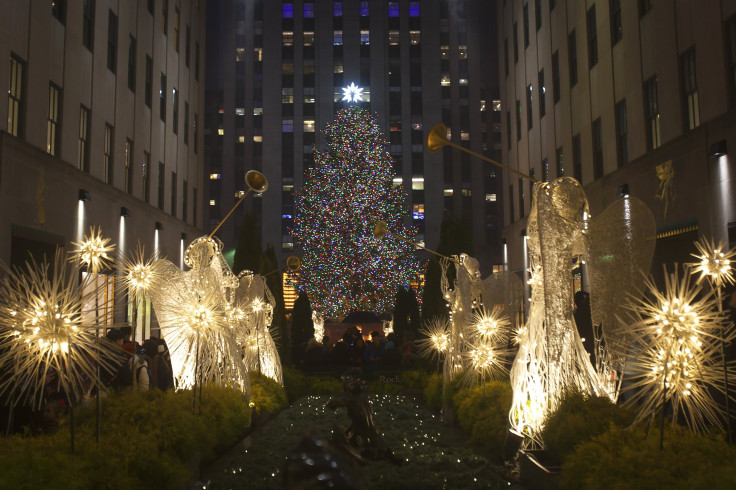Real Christmas Tree Or Fake Christmas Tree? What Type Of Tree To Get This Holiday Season

To many people around the world who annually celebrate Christmas Dec. 25, the Christmas tree continues to be an enduring symbol of the warmth, nostalgia and beauty of the holiday season. Most agree it just isn’t Christmas without a brightly decorated evergreen in the home, but there is a split among them about which kind of tree to buy.
The choice about purchasing either a real Christmas tree or a fake Christmas tree is really a matter of whether one wishes to commit to tradition or to convenience during the holiday season. The first trees brought into the home were obviously real ones, and the tradition of bringing decorated trees inside was begun by the Germans in the 16th century, according to History.com.
It is believed that Martin Luther, the Protestant reformer, started the tradition of putting lit candles in the trees after being awed by the sight of stars twinkling among evergreens in the forest. The first record of a Christmas tree being on display in the U.S. dates back to the 1830s in Pennsylvania, a state with many German immigrants, but the practice did not become fashionable until 1846 when the British Queen Victoria was pictured in a magazine with the royal family standing around a tree.
As time has gone on, the candles have been replaced by electric lights, and some families don’t feel the need to go chop down trees anymore. According to the National Christmas Tree Association, about 26.3 million real Christmas trees were bought during the 2014 holiday season, while about 13.9 million fake trees were purchased over the same period. Both these figures are down from 2013, but up from 2012, the association reported.
@itsdaveoneil is weighing up whether to switch to a fake #christmastree Do you do real or fake? pic.twitter.com/kWXnTc8dr6
— ABC Radio Melbourne (@774melbourne) November 23, 2015When looking at which type of tree to buy, cost can be a deciding factor. The mean price of a real Christmas tree in 2014 was about $39.50, while the mean price of a fake Christmas tree last year was about $63.60, according to the association.
Although real trees cost less, they can’t be reused. In contrast, each of the fake trees is purchased only once, disassembled and stowed away before being taken out of storage year after year.
Another difference between the two type of trees centers on the pest problems sometimes associated with real trees, which are grown outdoors. According to Rodale’s Organic Life magazine, pesticides are frequently employed to combat the critters, and some of these chemicals can be harmful to human beings.
Of course, fake trees have their downsides, too. They can be made of polyvinyl chloride plastic, with toxic dioxin being released during their production. That means fake trees can pose real dilemmas for environmentally conscious consumers.
Poll's closed & the results are IN!
74% are going with a FAKE Christmas tree this year.
26% want the REAL deal. pic.twitter.com/bePy1YaF9g
— Erin Meyer (@ErinMeyer14News) November 23, 2015© Copyright IBTimes 2025. All rights reserved.




















